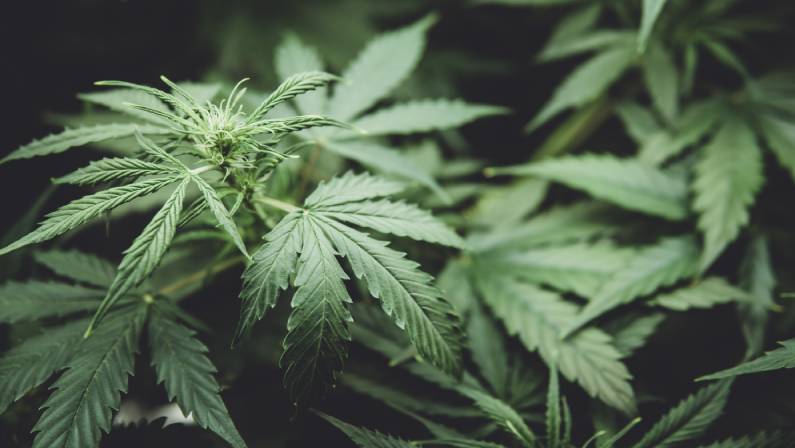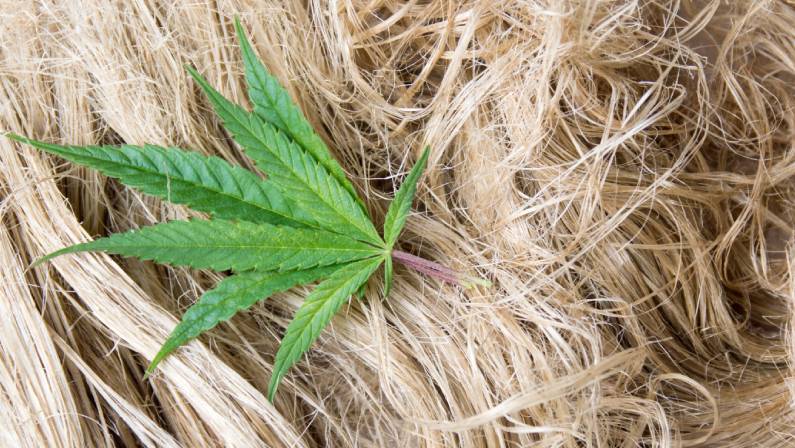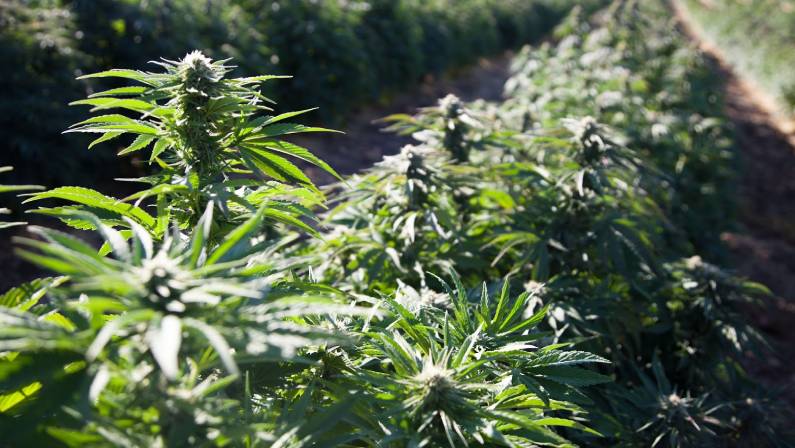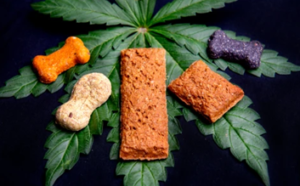Hemp is a plant that has been used for centuries all over the world. It has a long history in America, and was even grown by a former US president! In this blog post, we will take a comprehensive look at the history of hemp in America.
We will explore where it originated, its historical uses, and why it was criminalized in the first place. Stay tuned for an in-depth look at one of America’s most misunderstood plants.
What is hemp?

Hemp is a variety of the Cannabis sativa plant, which also includes cannabis. While hemp and marijuana are both part of the same species, they have distinctly different uses. Hemp is grown for its fibers, seeds, and oil.
It has been found to have many beneficial properties including being a useful source of nutrition, and an environmentally friendly building material.
What is hemp used for?
Hemp has a long history of use in many industries. In the United States, hemp was historically used for rope, sails, and clothing. Its fibers were even used to make the original Levi’s jeans! In addition to its industrial applications, it has also been used medicinally for centuries. It is thought to be a powerful anti-inflammatory and helps reduce anxiety and depression.
Where did hemp originate?
Hemp has been used for millennia, with written records of its use dating back as far as 2800 BC in Central Asia, specifically ancient China. From there it spread throughout Asia, Europe, and eventually the New World. It was brought to the Americas by settlers in the 1600s, where it was cultivated for its fibers and medicinal properties.
How did hemp make its way to America?
Hemp was introduced to the Americas by early settlers who saw its potential as a strong, durable fiber. It was grown primarily for its fibers, which were used in rope and sail making. By the mid-19th century, it had become an important crop in the United States with many farmers cultivating it on their land.
Timeline of Hemp in America
Hemp has a long history in America. Here’s a brief look at its timeline.
- 1492. Hemp is brought to the Americas by Christopher Columbus.
- 1600s. Early settlers begin cultivating hemp for its fibers and medicinal properties
- 1619. Virginia passes a law requiring farmers to grow hemp.
- 1776. Hemp is used for the paper that drafts and signs the Declaration of Independence.
- 1791. George Washington begins growing hemp on his Mount Vernon estate.
- 1841. Soule’s Treatise on the Culture of Hemp is published.
- 1850s. Hemp has become an important crop in the United States with many farmers growing it on their land.
- 1898. Hemp cultivation hits its peak in the US with over 8,400 acres being cultivated.
- 1937. The Marijuana Tax Act criminalizes hemp, making it illegal to grow without paying a special tax.
- 1942. The US government launches the “Hemp for Victory” campaign to encourage farmers to grow hemp.
- 1970s. Hemp begins to make a comeback, with the passage of the Controlled Substances Act allowing for research on hemp and its potential uses.
- 2007. Hemp cultivation is legalized in some states.
2014. The Farm Bill allows for limited research cultivation of hemp in certain states. - 2018. The United States Farm Bill passes, legalizing all forms of industrial hemp in the US.
- 2020. Hemp production continues to grow, with over 25,000 acres of hemp being cultivated in the US.
Hemp in the 20th Century

Hemp experienced a tumultuous history in the 20th century, from being widely cultivated to its criminalization. Despite this history, hemp is making a comeback in the modern era.
Marijuana Tax Act Discourages production
Hemp was criminalized in 1937 with the passage of the Marijuana Tax Act. This act made it illegal to grow without paying a special tax, which effectively halted its production in the United States. Despite this, hemp continued to be used for some industrial applications such as paper and fabric.
The "Hemp for Victory" Campaign Reinvigorates Production
After the start of World War II, the US government launched the “Hemp for Victory” campaign to encourage farmers to grow hemp. This led to a resurgence in production with over 10,000 acres being cultivated by 1943.
US Realizes the need for Hemp in WWII
During World War II, the US realized the need for hemp for cordage and other military uses. This led to the passage of the Hemp for Victory Act in 1942, which encouraged farmers to grow hemp by offering subsidies.
Drug War Leads to the Demise of Hemp
The War on Drugs in the 1970s led to the further criminalization of hemp, leading to its demise. This was despite the fact that hemp had no psychoactive properties and could not be used as a recreational drug.
Hemp's Comeback After Criminalization in 1937
In the past decades, there has been a resurgence of interest in hemp and its many uses. Through the passage of the Farm Bill in 2014, which allowed for limited research cultivation of hemp, more farmers began to grow it. By 2018, with the passage of the US Farm Bill, all forms of industrial hemp were legalized and production soared.
At present, there are over 25,000 acres of hemp being cultivated in the US, with more and more farmers taking up the crop. The history of hemp in America is a long one, and its revival due to growing demand is an even bigger success story.
Why was hemp criminalized?
Despite having a long history of use in the United States, hemp was criminalized in 1937 under the Marijuana Tax Act. This act effectively made it illegal to grow without paying a special tax, which made it prohibitively expensive to produce.
This criminalization of hemp led to a decrease in production, which had major implications for the economy and industries that relied on hemp for its products.
Why was hemp originally banned?
Hemp was originally banned in the United States due to its close relation to marijuana, which has psychoactive properties. The Marijuana Tax Act of 1937 aimed to curb the production of the drug by criminalizing hemp, even though hemp had no such properties and could not be used as a recreational drug.
If you’re looking for organically grown hemp products, visit Atmos CBD today.
What are the historical uses of hemp?

Hemp has been used throughout history for a variety of applications. Its strong fibers have been used to make rope, cloth, and paper, while its seeds have also been used as food. Hemp oil has long been used for cooking and medicines, and it was even once used as a fuel source.
Currently, hemp is used for a variety of industrial applications such as biofuel, building materials, and cosmetics. Its history in the United States shows that it has long been an important crop that can be utilized for many purposes.
Hemp Goes Way Back
Hemp has a long history in America, stretching back centuries. It was a key crop used for many applications, including rope, fabric, paper, food, medicine and fuel. The criminalization of hemp in 1937 led to its demise in the US until the passage of the Farm Bill in 2014 allowed for limited research cultivation of the crop.
Today, all forms of industrial hemp are legal and production is booming. Hemp continues to be used for a variety of industrial applications, showing that its history in the United States is far from over. Contact Atmos CBD to experience the many uses of hemp.







